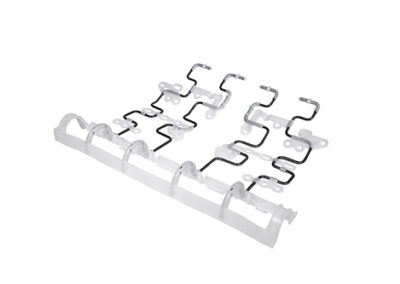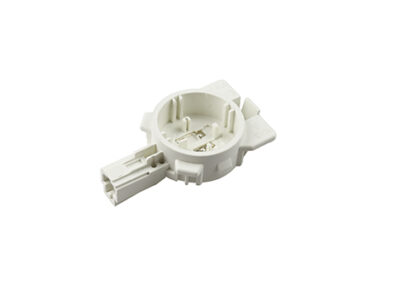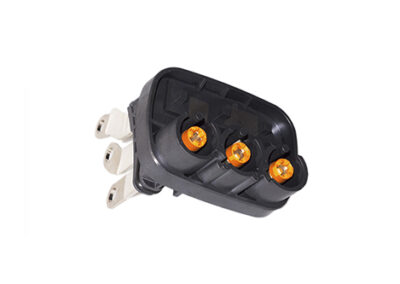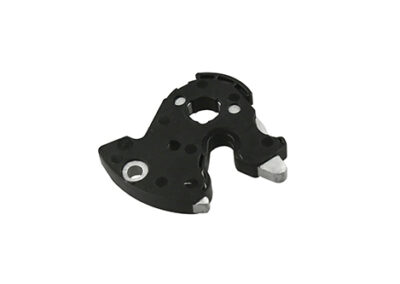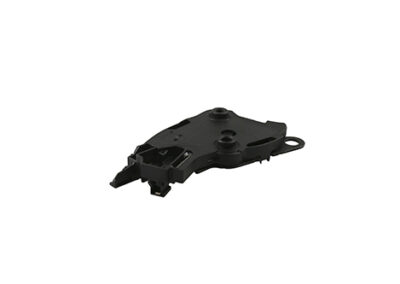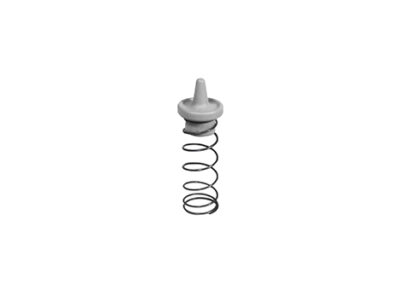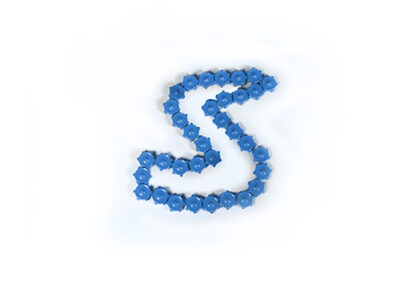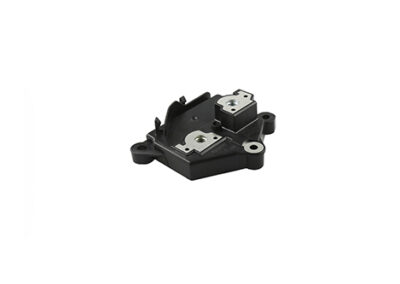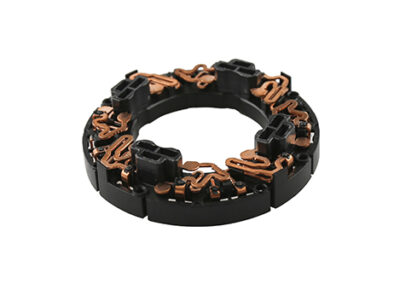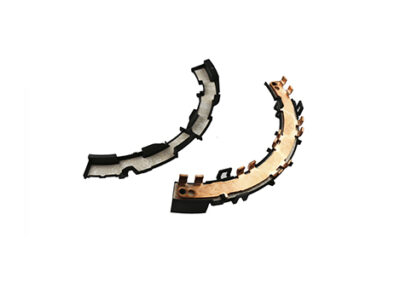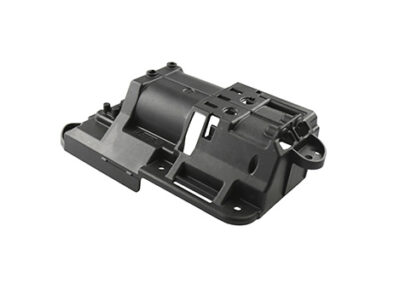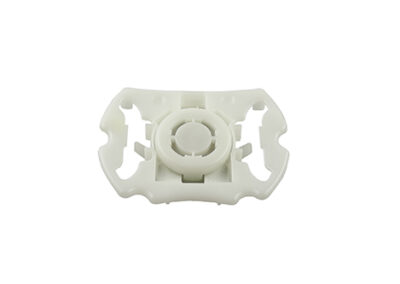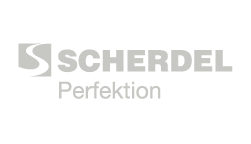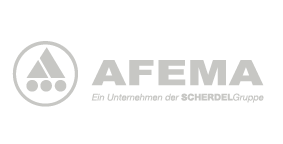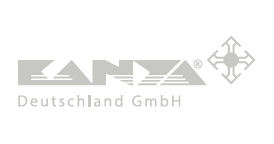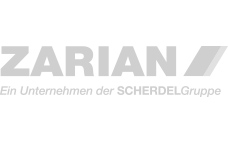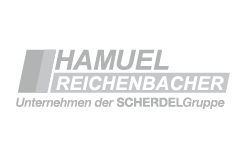plastic / plastic metal combinations
WHEN PLASTIC, METAL AND ELECTRONICS ARE MERGING
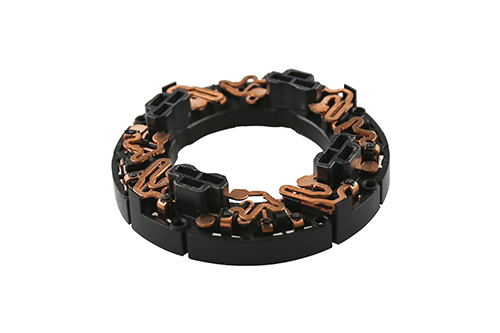
Automotive
plastic / plastic metal combinations
WHEN PLASTIC, METAL AND ELECTRONIS ARE MERGING
Function:
The perfect fit between plastic and metal creates components that combine the advantages of both materials.
Description:
Insert and outsert technologies are used to manufacture hybrid components from plastic and metal using injection molding processes.

ADVANTAGES
- Off-tool production of high-performance components by combining different material categories without further processing.
- Synergy effects and functional integration by exploiting the advantages of the materials used, especially in terms of mechanical properties and electrical conductivity.
- Weight and cost reduction.
- High automation level possible.
INNOVATION
- In-house production of metal and plastic parts (complete component from a single source).
- Development and numerical simulation of components and processes.
- FEM aided design.
- Integrated process approach as Full Service Supplier.
- High competence in automation thanks to in-house machinery department.
PRODUCTION
- Plastic injection molding on vertical and horizontal machines.
- Processing of various high-performance technical plastics filled and unfilled, conductive and insulating, as well as GF and LGF reinforced. Flame resistant plastics.
- Overmolding and backmolding of metal inserts
- Production of stamping and bending parts
- Surface coating.
- Subsequent complementation to assemblies.
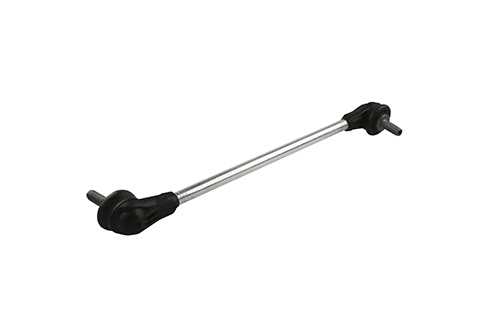
Automotive
METAL SUBSTITUTION
Components from metal are replaced by plastic parts.
Function:
Components from metal are replaced by plastic parts.
Description:
Through the use of high-performance technical plastics, components with high physical properties in terms of strength, stiffness and temperature resistance are produced.

ADVANTAGES
- Weight and cost reduction.
- Improved freedom of design.
- Higher output quantity of the tools than it is the case with aluminum or magnesium – high-pressure die-casting.
- No corrosion of components.
- Wide / optimized property profile possible due to additives
- Function integration through technology – assembly set.
INNOVATION
- Optimal component design by mastering plastic and metal materials.
- Development and numerical simulation of components and processes.
- High competence in automation.
PRODUCTION
- Plastic injection molding.
- Processing of various high-performance technical plastics filled and unfilled, conductive and insulating, as well as GF and LGF reinforced. Flame resistant plastics.
- Subsequent complementation to assemblies.
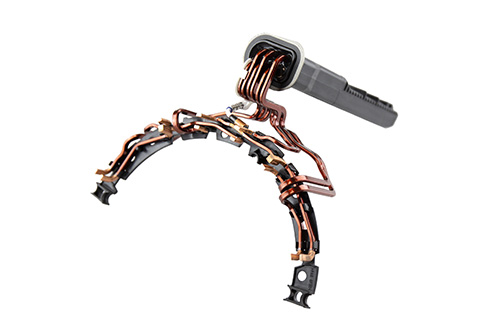
Automotive
PLASTIC
The components serve as housings or functional parts within assemblies.
Function:
The components serve as housings or functional parts within assemblies.
Description:
Production and procurement of plastic injection molded parts, which are required for the assemblies manufactured in the company.

ADVANTAGES
- Weight and cost reduction.
- Function integration.
- Plastics provide good insulation against electricity and heat.
- Combination of different technologies is possible.
- High automation level is possible.
INNOVATION
- Development and numerical simulation of components and processes.
- High competence in automation.
PRODUCTION
- Plastic injection molding in single and multi-component technology.
- Processing of all common plastics.
- Subsequent complementation to assemblies.

